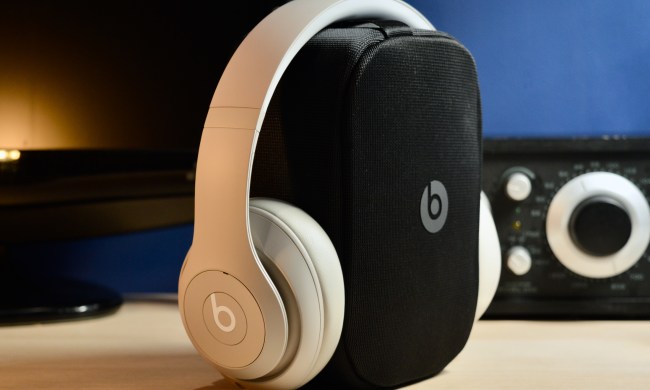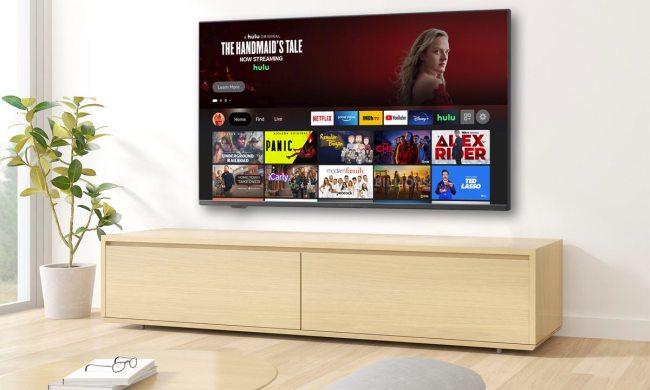 Last week, Amazon unveiled the first fourteen pilots from its Amazon Studios division, dedicated to creating all-new and exclusive content via its streaming Amazon Prime service. Now, it appears the company is considering a way to make it easier for users to actually watch said Prime content on their televisions: A report from Bloomberg Businessweek suggests that Amazon is thinking about moving into the set-top box business.
Last week, Amazon unveiled the first fourteen pilots from its Amazon Studios division, dedicated to creating all-new and exclusive content via its streaming Amazon Prime service. Now, it appears the company is considering a way to make it easier for users to actually watch said Prime content on their televisions: A report from Bloomberg Businessweek suggests that Amazon is thinking about moving into the set-top box business.
The Businessweek story reports that Amazon has been working on variations on the idea of a set-top box for “several years,” with the project currently being developed at the company’s Lab126 division in Cupertino, California – just down the road from Apple’s HQ. The Apple connection doesn’t end there; Malachy Moynihan, who spent nine years at Apple in the late 1980s and early ’90s before becoming vice president of engineering at Cisco Systems, is reportedly heading up the program for Amazon; other engineers developing the device came from companies like TiVo, Vudu, and DVR pioneers Replay TV.
If true, the launch of an Amazon set-top device would make a lot of sense; the company is putting an increasing amount of weight behind its various streaming and downloadable offerings, from Amazon Studios pilots to various programs through Amazon Prime (which, starting next year, will include the popular Downton Abbey – a show Amazon purchased exclusive streaming rights to earlier this year). The set-top box concept solidifies the company’s serious presence in the digital theater space (and, considering the Studios side, all-round package as content creator and delivery specialist) in a way that it hasn’t quite managed before.
And yet, the possibility of the company launching its own set-top box may be a problem. After all, there are already Roku boxes and Apple TVs (not to mention game consoles and cable boxes) for us to plug into our televisions. Just how many set-top boxes are we expected to install in order to watch things we’ve purchased or subscribed to? Amazon already streams content through other set-top boxes that work to aggregate various feeds and streams, and that’s a solution that feels much more customer-conscious than the notion of launching yet another set-top box solely for Amazon streams.
The notion of an Amazon-specific box may fulfill the company’s desire to compete with Apple as a hardware manufacturer – this unnamed device being the Kindle to the Apple TV’s iPad, if you will – but in an increasingly busy market, it remains to be seen whether users are particularly curious to pick up yet another set-top box on the off-chance that they really have to see an Amazon-exclusive show.


